HLTAAP001 Recognise healthy body systems Learner Workbook
Learner Workbook
Assessment requirements
Assessment can either be:
- Direct observation
- Product-based methods e.g. reports, role plays, work samples
- Portfolios – annotated and validated
- Questioning
- Third party evidence.
If submitting third party evidence, the Third Party Observation/Demonstration document must be completed by the agreed third party.
Third parties can be:
(SOLVED) Want answer for this assignment; Contact Online Chat Support.
- Supervisors
- Trainers
- Team members
- Clients
The third party observation must be submitted to your trainer/assessor, as directed.
The third party observation is to be used by the assessor to assist them in determining competency.
The assessment activities in this workbook assess aspects of all the elements, performance criteria, skills and knowledge and performance requirements of the unit of competency.
To demonstrate competence in this unit you must undertake all activities in this workbook and have them deemed satisfactory by the assessor. If you do not answer some questions or perform certain tasks, and therefore you are deemed to be Not Yet Competent, your trainer/assessor may ask you supplementary questions to determine your competence. Once you have demonstrated the required level of performance, you will be deemed competent in this unit.
Should you still be deemed Not Yet Competent, you will have the opportunity to resubmit your assessments or appeal the result.
As part of the assessment process, all learners must abide by any relevant assessment policies as provided during induction.
Observation/Demonstration
Throughout this unit, you will be expected to show your competency of the elements through observations or demonstrations. Your trainer/assessor will have a list of demonstrations you must complete or tasks to be observed. The observations and demonstrations will be completed as well as the activities found in this workbook.
An explanation of observations and demonstrations:
Observation is on-the-job
The observation will usually require:
- Performing a work based skill or task
- Interaction with colleagues and/or customers.
Demonstration is off-the-job
A demonstration will require:
- Performing a skill or task that is asked of you
- Undertaking a simulation exercise.
Your trainer/assessor will inform you of which one of the above they would like you to do. The observation/demonstration will cover one of the unit’s elements.
The observation/demonstration will take place either in the workplace or the training environment, depending on the task to be undertaken and whether it is an observation or demonstration. Your trainer/assessor will ensure you are provided with the correct equipment and/or materials to complete the task. They will also inform you of how long you have to complete the task.
You should be able to demonstrate the skills, knowledge and performance criteria required for competency in this unit, as seen in the Learner Guide.
Third Party Guide
You should supply details of the third party to the assessor before you commence the activities (see below), unless the assessor has already selected a third party themselves. The assessor can then contact the third party in instances where they require more evidence to determine competency, or they cannot observe certain tasks themselves.
The reasons to use a third party may include:
- Assessment is required in the workplace
- Where there are health and safety issues related to observation
- Patient confidentiality and privacy issues are involved.
If you are not employed, or able to complete demonstrative tasks in the workplace, you will need to inform the assessor. They will be able to provide you with a simulated environment in which to complete these tasks.
We would prefer that, wherever possible, these be “live” issues for your industry and require application of the principles that you are learning as part of your training. Where this is not possible, you and your third party should simulate the activity tasks and demonstrations that you believe would be likely to arise in your organisation or job role.
Third party evidence can also be used to provide “everyday evidence” of tasks included in your work role that relate to the unit of competency but are not a part of the formal assessment process.
The third party is not to be used as a co-assessor – the assessor must make the final decision on competency themselves.
Documents relevant to collection of third party evidence are included in the Third Party section in the Observations/Demonstrations document.
Third party details (required information from the learner)
A third party may be required for observations or demonstrations; please provide details below of your nominated third party and obtain their signature to confirm their agreement to participate. This information will be required by your trainer/assessor in advance of arranging any future observations or demonstrations.
Third party name: __________
Position of third party: __________
Telephone number: __________
Email address: __________
Declaration for nominated third party
I declare my intention to act as third party for (learner’s name here) _
Third party signature: ____________ Date: ___________
Activities
Complete the following activities individually or in a group (as applicable to the specific activity and the assessment environment).
Activity 1A
|
Estimated Time |
1-2 Hours |
|
Objective |
To provide you with an opportunity to work with information about the human body. |
|
Activity |
1. From your own understanding and research: on an A3 piece of paper, create a poster that details the location, structure and function of the following major body systems; please note: you may use more than one A3 page to show systems to ensure these are made clear: Cardiovascular system Respiratory system Musculo-skeletal system Endocrine system Nervous system Digestive system Urinary system Reproductive system Integumentary system Lymphatic system The special senses – smell, taste, vision, equilibrium and hearing Cells, tissues and organs. (Upload all evidence to the LMS) Cardiovascular system - Heart, blood vessels and approximately 5 liters of blood are carried into the body 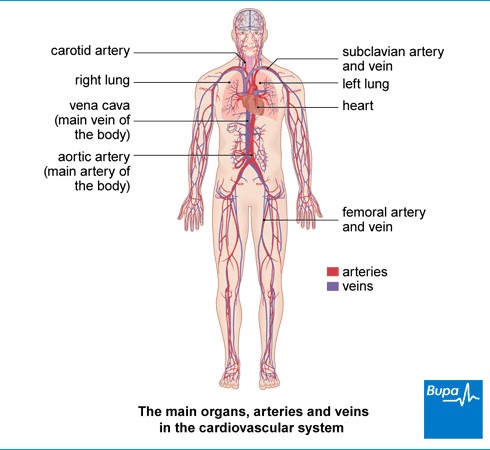
Respiratory system - The system oxygenates cells in the body and removes carbon dioxide from them. 
Musculo-skeletal system - The structure of the body consists of bones, muscles, joints, tendons and ligaments, and supports all ligaments. - The structure of the body consists of bones, muscles, joints, tendons and ligaments, and supports all ligaments. 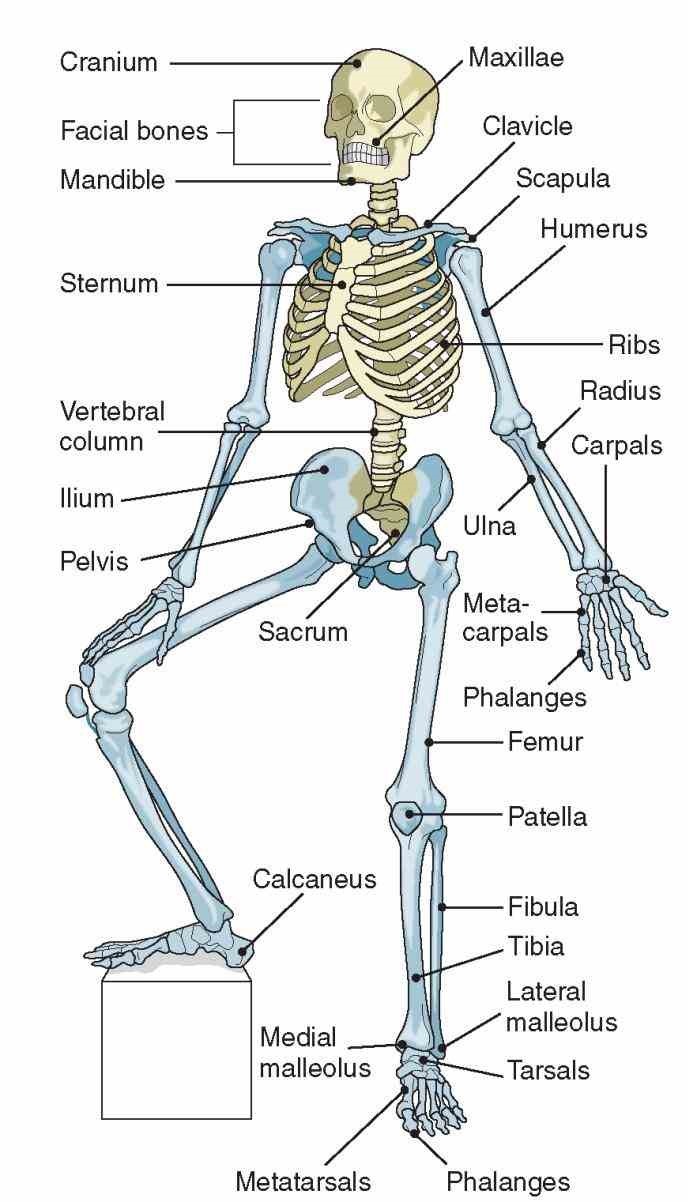
Endocrine system - It consists of all the glands in the body and the hormones you produce. 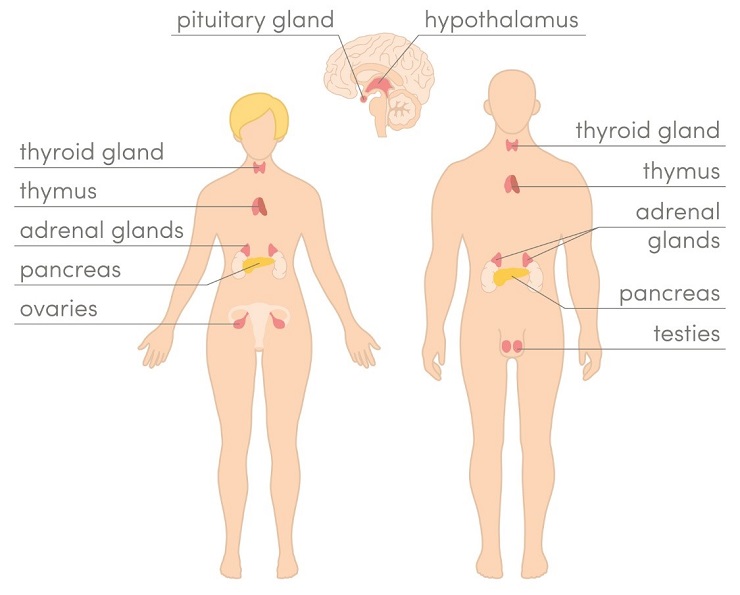
Nervous system - Similar to the body's electrical wiring system, it consists of nerves that go from the brain to the body. 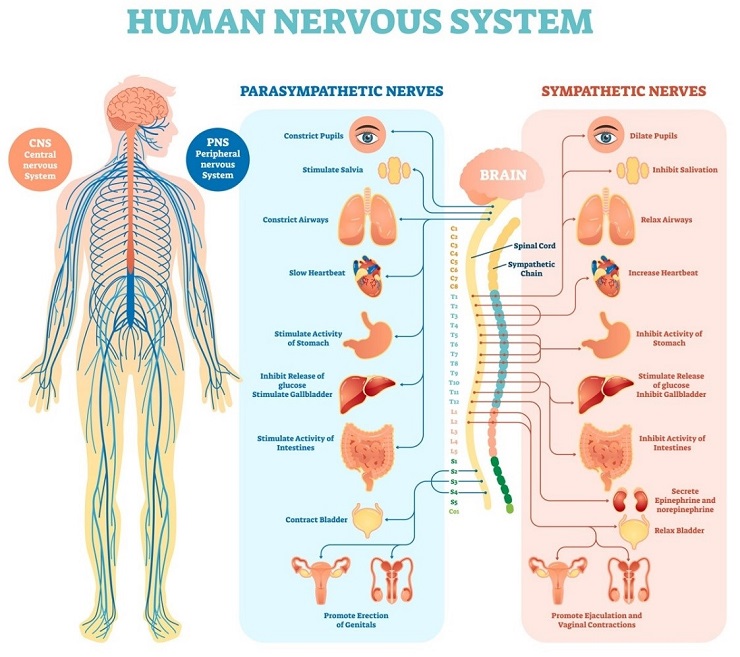
Digestive system - Composed of gastrointestinal (GI) tracks, liver, pancreas and gallbladder. 
Urinary system - All essential parts of the urinary tract should be operated sequentially in order to cause urinary tract urination. 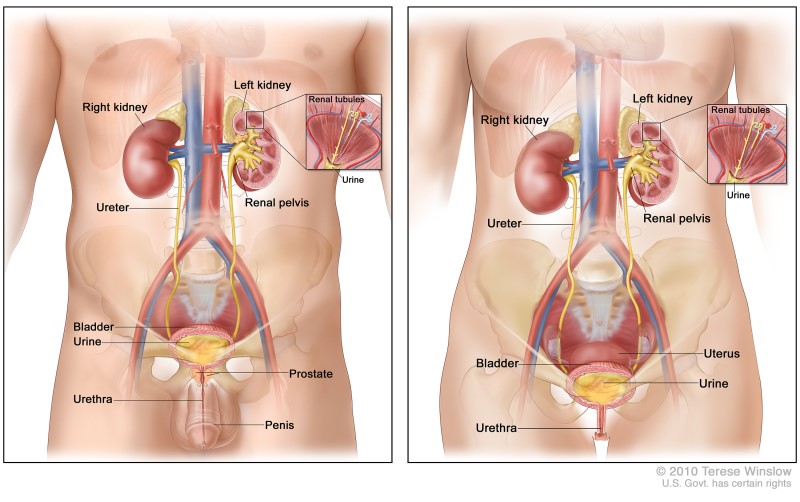
Reproductive system -A collection of organs that combine with the purpose of creating new life. 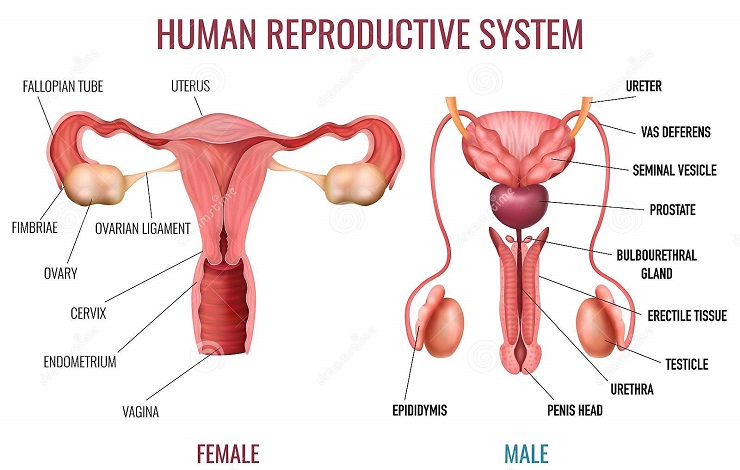
Integumentary system - Skin composition, the largest organ in the body 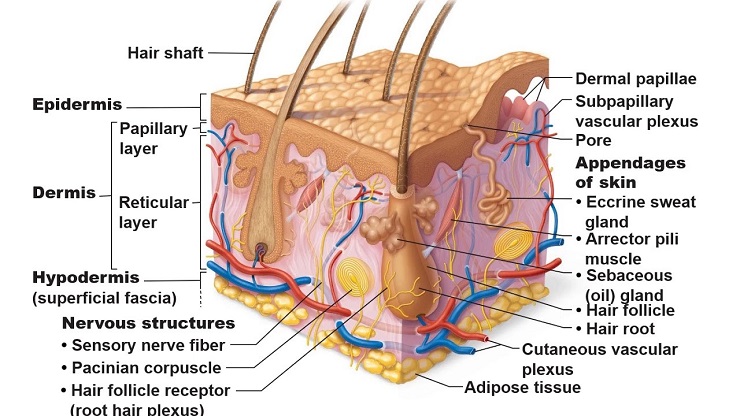
Lymphatic system - The primary function of this system is to transport lymphatic glands, a clear, colorless fluid containing white blood cells. 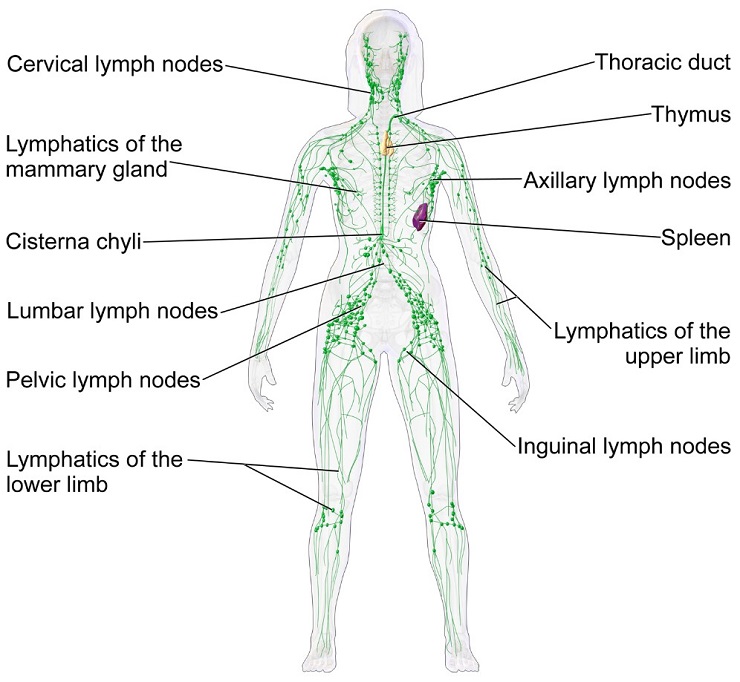
The special senses – smell, taste, vision, equilibrium and hearing - Vision 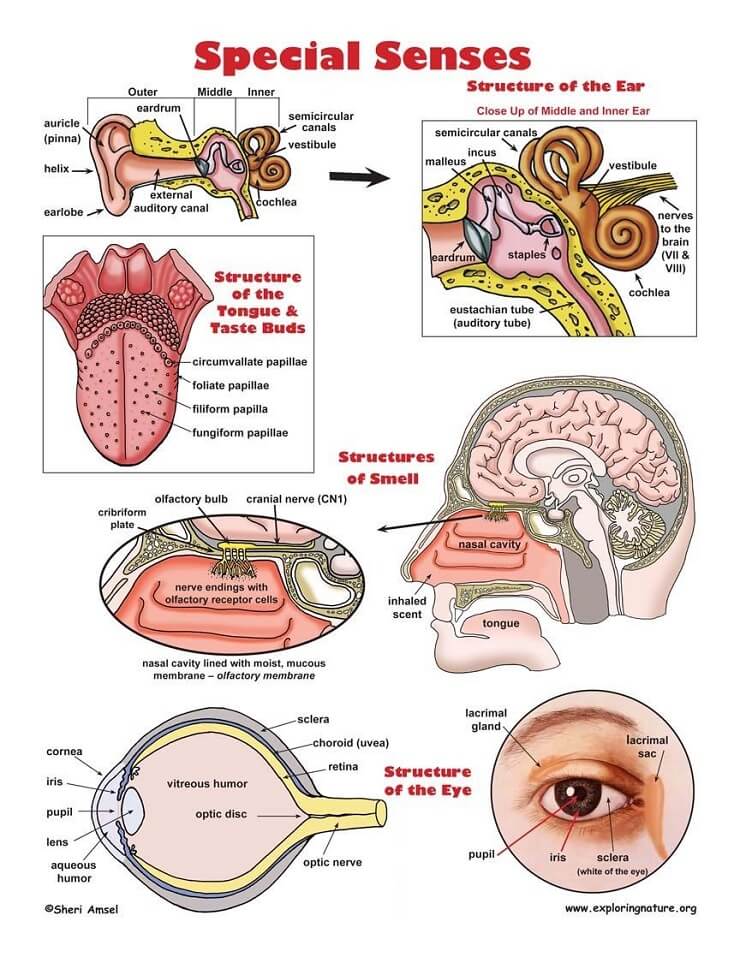
Cells, tissues and organs. - Cells form tissues, tissues form organs, and organs combine into organs. |
Activity 2A
|
Estimated Time |
2 Hours |
|
Objective |
To provide you with an opportunity to identify factors that contribute to maintenance of a healthy body. |
|
Activity |
1. On an A3 piece of paper, create a guide to maintaining a healthy body, including: Exercise Diet Medical check-ups Maintenance of body temperature Maintenance of blood pressure. (Upload all evidence to the LMS) 2. Create an attainable generic exercise schedule for someone over 65. Think about the physical limitations that may impact upon mobility, as well as safety concerns and time constraints. Exercise Ø - Regular physical activity can improve muscle strength and endurance. Exercise delivers oxygen and nutrients to your tissues and helps your cardiovascular system work more efficiently. And when your heart and lungs get better, you have more energy in your daily chores.It can be done in many ways, such as going to the gym, walking, jogging, swimming, etc. Diet Ø -Dieting plays an important role in keeping your body healthy. Everyone should follow a balanced diet.A balanced diet is important because your organs and tissues need adequate nutrition to work effectively. Without good nutrition, the body is more susceptible to disease, infection, fatigue and poor performance. Medical check-ups Ø -It is important to have regular checkups. Regular medical checkups can confirm early signs of health problems. Early detection of problems means increased opportunities for effective treatment. Many factors, such as age, health, family history, and lifestyle choices, affect how often medical checkups are needed. Ø Maintenance of body temperature Ø - There is a way to keep a person warm.They're... *Conut water - helps keep your body warm. Ø Maintenance of blood pressure. Ø -Exercise regularly. Create an attainable generic exercise schedule for someone over 65. Think about the physical limitations that may impact upon mobility, as well as safety concerns and time constraints. Monday -Yoga |
Activity 2B
|
Estimated Time |
45 Minutes |
|
Objective |
To provide you with an opportunity to evaluate how the relationships between different body systems affect and support healthy functioning. |
|
Activity |
1. From your knowledge and any other additional research, create and attach a flow diagram to demonstrate how the major body systems relate to one another. Identify three (3) examples of how the major systems relate to other systems. All your systems should work together to keep you healthy. Your bones and muscles move together to support and move your body. The respiratory system absorbs oxygen from the air. Your circulatory system carries oxygen, water, and nutrients throughout your body to cells. They work together to perform functions. For example, both circulators and respiratory systems are needed to distribute oxygen to the blood and muscles. 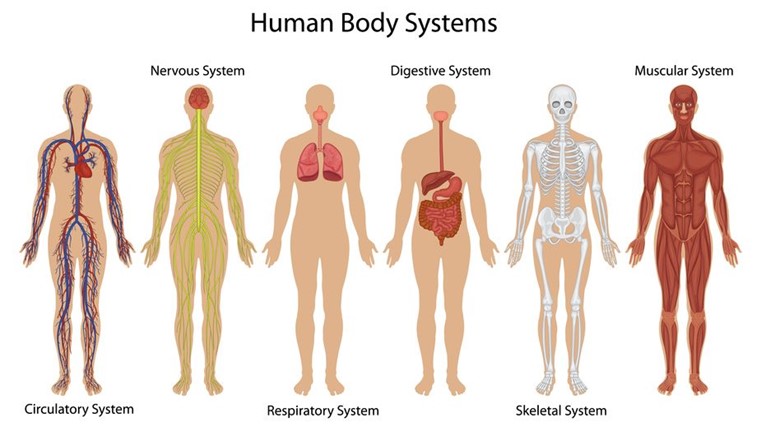
|
Activity 2C
|
Estimated Time |
1 Hour |
|
Objective |
To provide you with an opportunity to enhance quality of work activities by using and sharing information about healthy functioning of the body. |
|
Activity |
1. How might you share information about healthy functioning of the body to clients? (List three or more methods.) Demonstration - Effective communication - Brochures 2. As a group discussion: Within the learning group, participate in a group discussion (under the direction of the assessor) on one of the following body systems. All learners should participate equally in sharing their knowledge and demonstrating their understanding of the chosen system: Cells, tissues and organs Cardiovascular system Respiratory system Musculo-skeletal system Endocrine system Digestive system Urinary system Reproductive system Integumentary system Lymphatic system Nervous system, including sensory systems – eye and ear The special senses – smell, taste, vision, equilibrium and hearing Immune system. A signed observation by either an approved third party or the assessor will need to be included in this activity as proof of completion. (Upload all evidence to the LMS) urinary system 
|
Summative Assessments
The summative assessments are the major activities designed to assess your skills, knowledge and performance, as required to show competency in this unit. These activities should be completed after finishing the Learner Guide. You should complete these as stated below and as instructed by your trainer/assessor.
Skills, knowledge and performance may be termed as:
- Skills – skill requirements, required skills, essential skills, foundation skills
- Knowledge – knowledge requirements, required knowledge, essential knowledge, knowledge evidence
- Performance – evidence requirements, critical aspects of assessment, performance evidence.
Section A: Skills Activity
The Skills Activity is designed to be a series of demonstrative tasks that should be assessed by observation (by the assessor or third party, depending on the circumstances).
It will demonstrate all of the skills required for this unit of competency – your assessor will provide further instructions to you, if necessary.
Section B: Knowledge Activity (Q & A)
The Knowledge Activity is designed to be a verbal questionnaire where the assessor asks you a series of questions to confirm your competency for all of the required knowledge in the unit of competency.
Section C: Performance Activity
The Performance Activity is designed to be a practical activity performed either in the workplace or a simulated environment. You should demonstrate the required practical tasks for the unit of competency and be observed by the assessor and/or third party, as applicable to the situation. If the third party is required to observe you, you will need to make the required arrangements with them.
If necessary for the activities, you should attached completed written answers, portfolios or any evidence of competency to this workbook.
Section A: Skills Activity
Objective: To provide you with an opportunity to show you have the required skills for this unit.
The Foundation Skills describe those required skills (language, literacy, numeracy and employment skills) that are essential to performance.
Foundation skills essential to performance are explicit in the performance criteria of this unit of competency.
Therefore, there is no skills activity required for this unit, as they have been covered in the previous activities.
Section B: Knowledge Activity (Q & A)
Objective: To provide you with an opportunity to show you have the required knowledge for this unit.
The answers to the following questions will enable you to demonstrate your knowledge of:
- Basic structure and functions of the body systems and associated components, including:
- cells, tissues and organs
- cardiovascular system
- respiratory system
- musculo-skeletal system
- endocrine system
- digestive system
- urinary system
- reproductive system
- integumentary system
- lymphatic system
- nervous system, including sensory systems – eye and ear
- the special senses – smell, taste, vision, equilibrium and hearing
- immune system
- Processes, conditions and resources required by the body to support healthy functioning
- body regulation including:
- maintenance of body temperature
- fluid and electrolyte (including PH) balance
- elimination of wastes from the body
- maintenance of blood pressure
- protection from infection
- physical activity – active and passive.
Answer the activity in as much detail as possible, considering your current employer’s requirements or the requirements you believe will be required in your chosen career
- Put together a presentation by PowerPoint, or another appropriate presentation software, (with images) on the basic structure and functions of one (1) of the main 13 systems and its associated components and how they function together. Print this out and submit this as your answer, or if preferred by the assessor, submit this electronically.
For example, if the respiratory system was chosen, the nose/nasal cavity, mouth, pharynx, etc. would all need to be detailed and how they collaborate to maintain a functioning system as a whole.
(Upload all evidence to the LMS)
- - The cardiovascular system eliminates waste matter, carries nutrients, fights diseases, maintains body temperature, and carries blood into the body with the multi-functional system. It provides constancy, and without it, no other system in the body can function smoothly.
- The nervous system contains the brain and is the center of control of the whole body. Without this system, nothing would function in the body. It sends signals to and from the whole body to create spontaneous and involuntary actions that keep us alive and that allow us to function at all levels. It is connected to every system in the body. - How does the body protect itself from infection?
- The acquired immune system produces cells to protect the body from certain intruders with the help of a congenital system. These antibodies are developed by cells called B lymphocytes after the body is exposed to intruders. Antibodies are in the body. Antibodies can take days to develop. But after the first exposure, the immune system will recognize the aggressor and defend against it. The acquired immune system changes throughout your life. an immune system for making antibodies to protect against harmful diseases.
- What is active and passive physical activity and why are these essential?
- - Active exercise. - This is voluntary movement and force by someone's muscles. - This includes everything from running, weight lifting, to rising
- - Passive exercise - this is where there is involuntary force on the muscles.
Section C: Performance Activity
Objective: To provide you with an opportunity to demonstrate the required performance elements for this unit.
A signed observation by either an approved third party or the assessor will need to be included in this activity as proof of completion.
The candidate must show evidence of the ability to complete tasks outlined in elements and performance criteria of this unit, manage tasks and manage contingencies in the context of the job role. There must be evidence that the candidate has:
- Worked effectively with information about the human body and its healthy functioning in at least 3 different situations
Answer the activity in as much detail as possible, considering your current employer’s requirements or the requirements you believe will be required in your chosen career
- Prepare the following THREE (3) different sessions for the classroom/learning environment and deliver these in a real life situation or simulated environment (as directed by the assessor). This should be designed to initiate discussion and learning based on the human body and its healthy functioning; they should also make use of suitable technologies/equipment and resources to deliver these. Each session should take 30 to 60 minutes to conduct.
- Devise and deliver a class seminar with an initial presentation to explain to peers the importance of maintaining a healthy body. Use your research to ignite a discussion between class members (in groups.)
- Plan and deliver a lesson on the importance of sleep to conduct with peers. Use your research to discuss the benefits of enough sleep and the risks of too little sleep with peers. Engage with the audience to look at ways to problem-solve difficulties with poor sleep.
- Create and deliver a class presentation based on the muscular system and the human skeleton. The session should include a large, whiteboard-sized image of the human muscular and skeletal system. Your peers should be asked to name all of the items of both systems in the group. You should monitor their answers and make corrections where necessary.
(Upload all evidence to the LMS)


